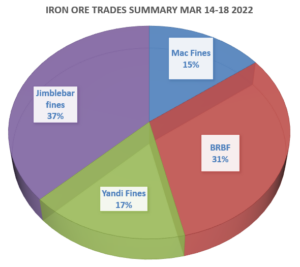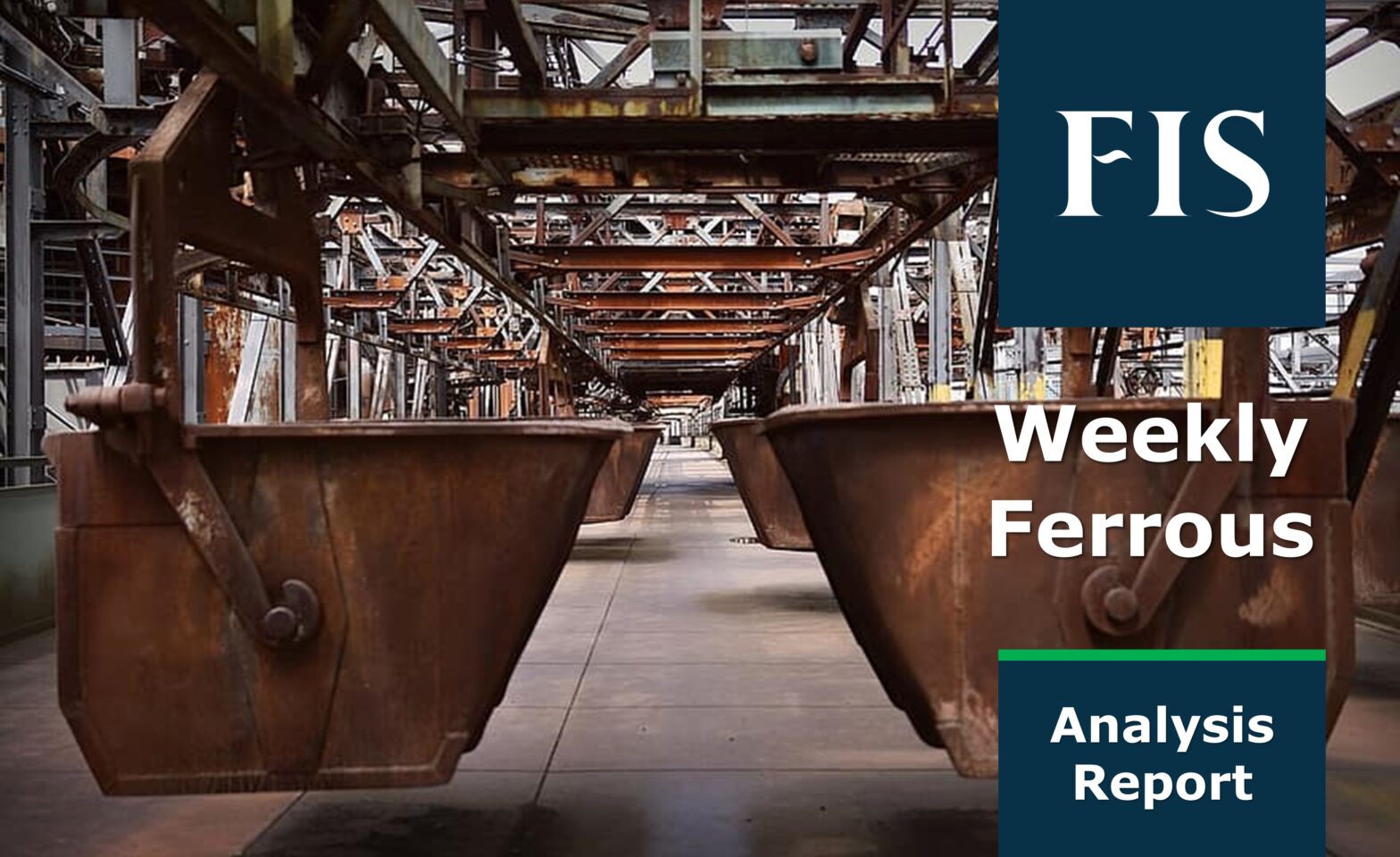A total of 540,000 mt of iron ores was traded for the week ended Mar 18, after a long pause of minimal trades due to Chinese market regulator crackdown on false price information.
There was also more steel production following the removal of output curbs after the Two Sessions meeting and Paralympic events
During the week, the trades volume of Jimblebar fines accounted the largest market share at 37%, then followed by BRBF at 31%, and then Yandi fines at 17%.
Mills back to cost saving approach amid low steel margins
The lower steel margins had resulted more Chinese end-users to chase for iron ore products with low alumina specification such as Yandi fines, as the price of coke had risen recently and added on the cost of steelmaking.
Lower quality medium grade fines like Jimblebar fines had also become popular along with the low-grade products, though some Chinese end-users were still concerned about the high import losses that only narrowed recently.
Meanwhile, there was market concerns that the raw material costs were too high and worried that the surging covid cases might lead to more lockdown among the Chinese cities.
Mixed market outlook for lump
Lump demand had mixed outlook, as lump ratios among Chinese blast furnaces had been lowered according to Platts report.
However, some trade participants still believed that lump demand would rise as a cheaper alternative than imported pellet, which is expected to rise further due to ongoing Russia-Ukraine conflict as Russia and Ukraine are significant producers of iron ore pellets.
On the other hand, there might be some short-term support for lump in view of expected relaxation of sintering controls as more mills to adopt cost savings mode and use direct feed like lump.

